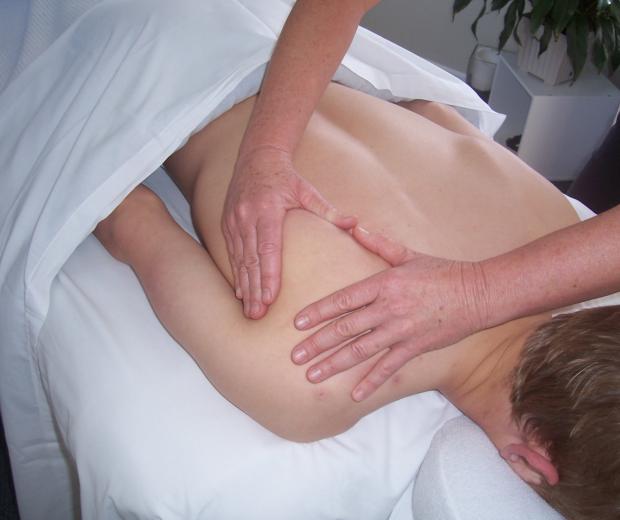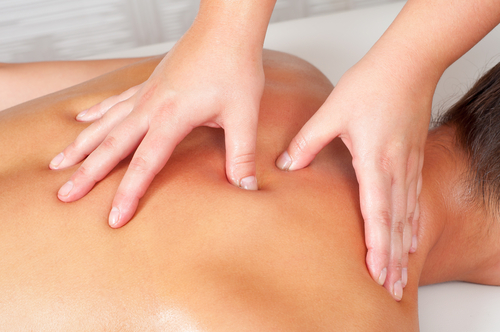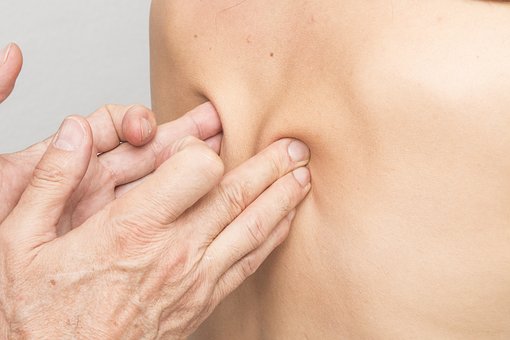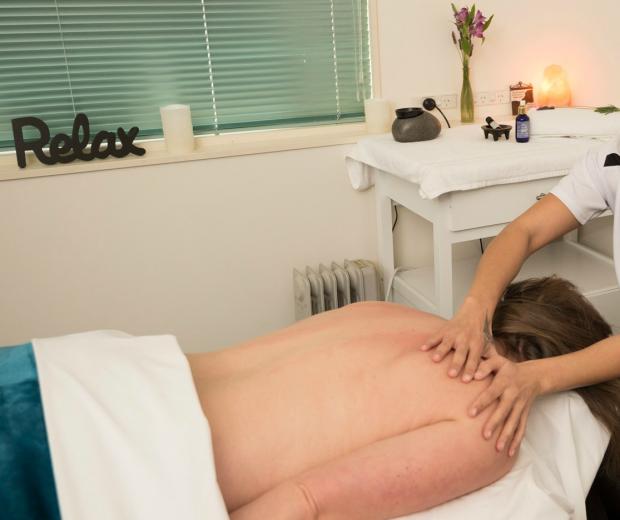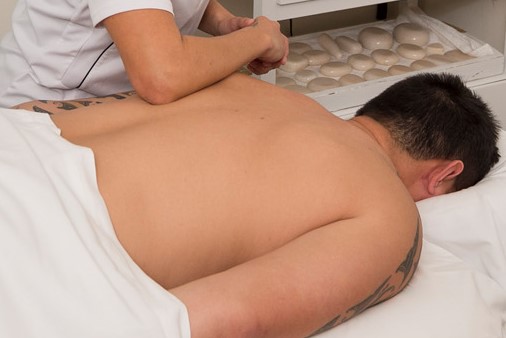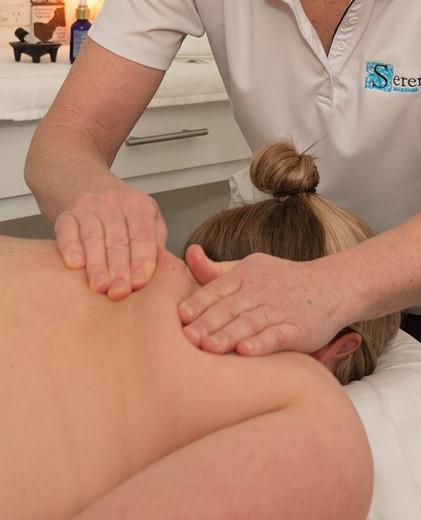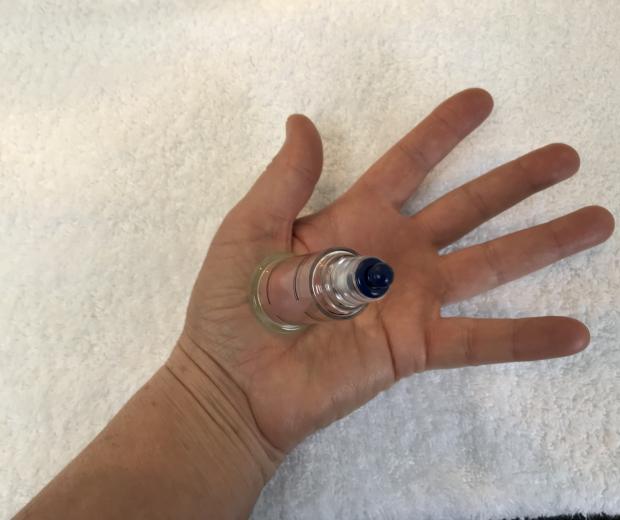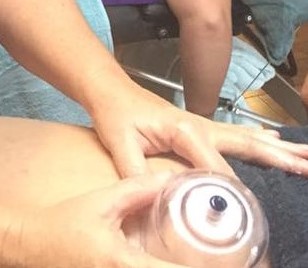Remedial Massage
Remedial massage therapy involves a problem-solving approach. It comprises a range of techniques which focus on treating specific injuries or muscular dysfunction. The therapist will vary their pressure according to what is needed at the time. They are able to locate and help repair the damaged muscle, joint, tendon or ligament. This in turn will work to rebalance the body and contribute to optimal health.
This type of therapy is beneficial for a range of complaints and ailments. It produces particularly effective results for muscular and skeletal dysfunction including muscle tightness and pain, frozen or impinged shoulder, tennis elbow, whiplash, neck and back pain, scoliosis, headache and sports injuries.
Receiving remedial massage therapy on a regular basis can help naturally manage pain and stress from chronic injuries.
At Serenity Massage Therapy we offer two types of Remedial massage – 1. using some deep tissue techniques, targeting the deeper layers of muscles; 2. A soft tissue massage which targets re-alignment through a gentle touch.
We always tailor your massage to your own specific requirements.
Different techniques sometimes used within the remedial session:
Trigger point therapy:
A trigger point is a tight area within muscle tissue that causes pain in other parts of the body. A trigger point in the back, for example, may produce referral pain in the neck. The neck, now acting as a satellite trigger point, may then cause pain in the head. The pain may be sharp and intense or a dull ache.
Trigger point massage therapy is specifically designed to alleviate the source of the pain through cycles of isolated pressure and release. In this type of trigger point therapy, the client actively participates through deep breathing as well as identifying the exact location and intensity of the discomfort.
The results and benefits of trigger point massage are releasing constricted areas in the muscles thus alleviating pain. You can experience a significant decrease in pain after just one treatment.
Myofascial release therapy:
This is a soft tissue therapy used to treat deep muscular tension, muscular dysfunction and pain by relaxing the fascia (the fibrous bands around muscles, ligaments and tendons).
It is a safe and very effective hands-on technique that involves applying gentle sustained pressure into the myofascial connective tissue restrictions to eliminate pain and restore motion. It is performed directly on the skin without oils. This enables the therapist to accurately detect fascial restrictions and apply the appropriate amount of sustained pressure to facilitate the release of the fascia.
What is Fascia?
“Fascia is a specialized system of the body that has an appearance similar to a spider's web or a sweater. Fascia is very densely woven, covering and interpenetrating every muscle, bone, nerve, artery and vein, as well as, all of our internal organs including the heart, lungs, brain and spinal cord. The most interesting aspect of the fascial system is that it is not just a system of separate coverings. It is actually one continuous structure that exists from head to toe without interruption. In this way you can begin to see that each part of the entire body is connected to every other part by the fascia, like the yarn in a sweater.” John F Barnes
Myofascial cupping therapy:
Myofascial cupping is a soft tissue therapy that involves the gliding of negatively pressurised cups over the body with the assistance of massage cream. Unlike all other massage techniques that use compression, the Myofascial Cupping techniques is unique in that it ‘lifts and separates’ soft tissue, know as negative or tensional pressure. This in turn can increase nutrient-rich blood supply to the muscles and connective tissues while giving a gentle passive stretch to the underlying soft tissue. It also increases fluid movement to each area worked on.
It can be very effective in easing restrictions and painful fascial adhesions commonly found in repetitive movements originating from sports and the workplace.
It is a very different technique to traditional cupping and importantly, marking the skin is NOT part of the desired treatment outcome.
Ortho-bionomy (used within the Soft tissue remedial therapy)
Ortho-Bionomy was founded and developed by Dr Arthur Pauls, a British Osteopath and Judo Instructor. Dr Pauls developed a gentle way of working with injuries and pain without the use of force.
Ortho-Bionomy’s self-corrective approach often allows for long-lasting effects through changes to the body’s own memory and the balancing of the proprioceptive/autonomic nervous systems. While gentle, this works very deeply and in a very interconnected way.
As with the homeopathic principle “like cures like”, the new knowledge and information gained during an Ortho-Bionomy session is often all that is needed to begin unravelling long-ingrained tension and pain. Ortho-Bionomy was based on Dr Pauls’ understanding of these two systems.
Shiatsu (used within the Soft tissue remedial therapy)
Shiatsu massage therapy is a form of therapeutic bodywork from Japan. It relies on the use the fingers, thumbs and palm to apply pressure to various areas of the body’s surface to help heal common ailments and conditions, and correct imbalances in the body. Pressure applied to points on the body promotes energy flow and corrects disharmonies throughout the patient's body. In addition to being a deeply relaxing experience, Shiatsu helps relieve stress, treat pain and illness, and contributes to a patient's overall health and wellbeing.
Shiatsu regulates the automatic nervous system activity and stimulates the circulatory, lymphatic and hormonal systems. Poor posture, joint problems, sprains, arthritis, sciatica, acute and chronic neck and back pain, sinusitis, and bronchitis are treatable with Shiatsu.

